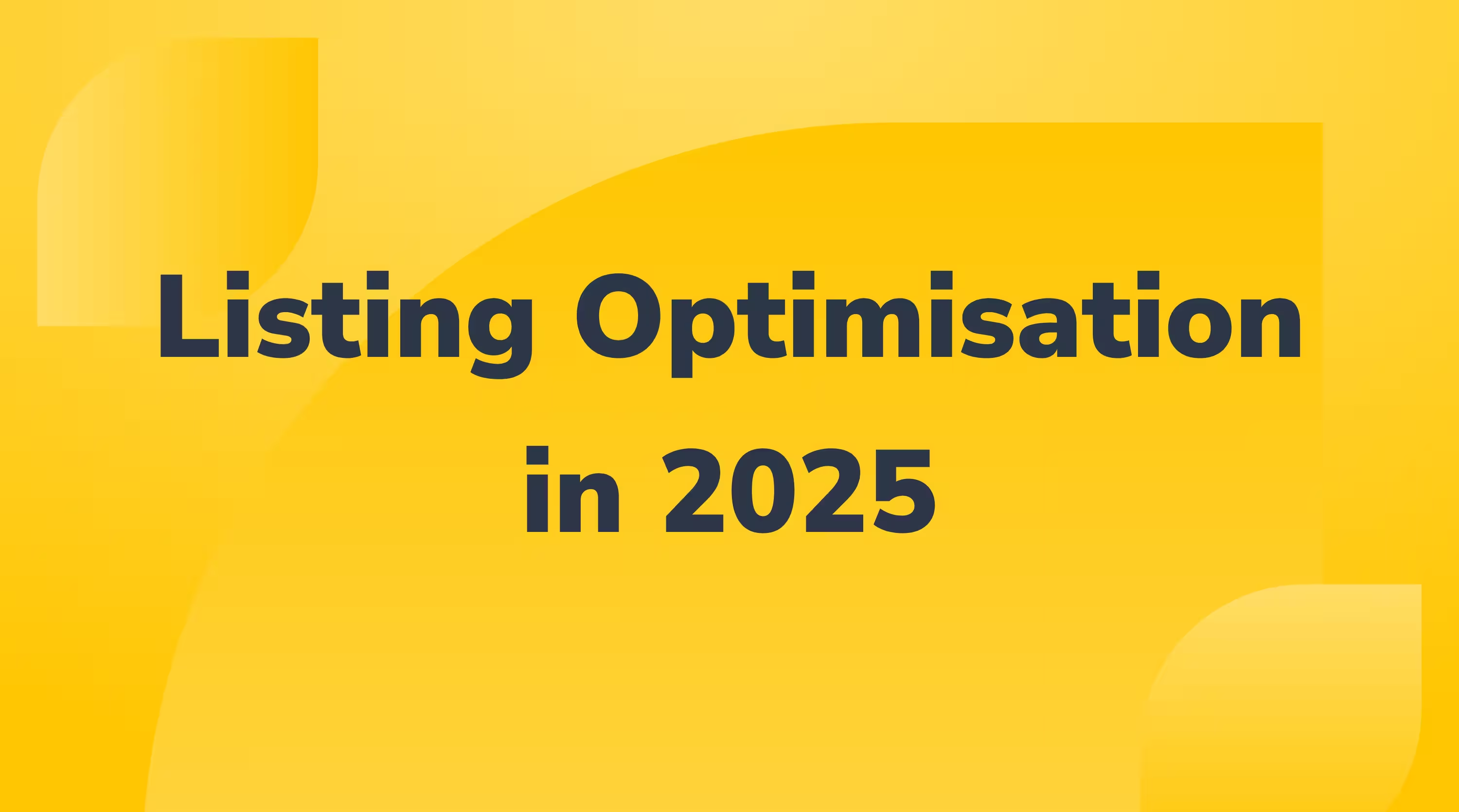How to Sell Alcohol on Amazon: 9 Steps to Success

Selling alcohol on Amazon can be a minefield of red tape. We’ll take you through the steps of this process, and if you need to chat further about this please do get in touch.
Step 1: Get Your Personal Licence
The first step will be to get your personal alcohol licence. Selling on Amazon will require you to be registered in the country that your company is registered. In the UK you will need to complete the BIIAB Level 2 award, which is usually a set amount of learning hours followed by an exam. The exam provider will then send you a certificate which you can use to apply for your licence through your local licensing authority.
You will need the following documents:
- Application for a personal licence to sell alcohol
- Personal licence: disclosure of convictions and declaration
Some local authorities will allow you to apply online while others require you to send your application in the post, but check their websites first. If you already have a personal licence, proceed to step 2.
Step 2: Get A Premises Licence
Next, you’ll need to apply for a premises licence from your local authority/council, in compliance with The Licensing Act 2003. A premises licence can be granted to any fixed commercial property where the handling and dispatch of alcohol is taking place– including warehouses, storage facilities, shop floors and more.
All businesses selling alcohol (except some members clubs and community premises) must have an appointed Designated Premises Supervisor (DPS) who has been appointed for the relevant premises – including businesses selling alcohol online. The person in this role must not only be nominated for it by the premises licence holder but must also hold a personal licence.
Unfortunately, it’s unlikely you’ll be able to run an online alcohol business from your house, as local authorities don’t tend to grant licences to domestic dwellings. An outbuilding on your land, however, could be given a licence – as long as it has the relevant planning permission to operate as a commercial premises.
Along with your application form, you’ll need to submit a floor plan of your premises, highlighting the areas where alcohol will be kept and handled. Even if you are going to be using the drop shipping method of FBA (Fulfilment by Amazon) to store and ship your booze, you will still need a premises licence.
As part of your application, you’ll need to describe how your business will comply with the four licensing objectives. These are:
- Prevention of crime and disorder
- Prevention of public nuisance
- Protection of children from harm
- Public safety
Objectives one, two and four are more relevant for businesses whose customers visit them on site, (such as pubs, bars and shops). But you can still implement these guidelines with initiatives like responsible business hours and a limit on how much any one customer can buy at a time – doing your bit to minimise any potentially harmful drunkenness.
When it comes to point three, though, you’ll need to be extra vigilant as it's your responsibility to ensure you don’t sell alcohol to underage customers.
At the very least, you’ll need to have an over-18 declaration on your website, storefront and A+ content, and ask for the customer to verify their age at the point of purchase. You might also be required to have your delivery drivers ask for ID when they deliver the package – though Amazon already do this with FBA deliveries on your behalf.
It is also worth check with your local authority to find out the specifics of what they’ll require from you for the premises licence.
Step 3: Check If You Require AWRS
The Alcohol Wholesaler Registration Scheme – yay! This is definitely something to consider if you are intending to buy/sell alcohol in the UK. If you sell alcohol to another business, you may need to apply for approval for the Alcohol Wholesaler Registration Scheme (AWRS), which was introduced by HMRC to tackle alcohol fraud.
You’ll need to apply for AWRS if all of the following apply:
- You sell alcohol in the UK
- Your sales are made at, or after, the point where excise duty is due
- You sell to other businesses for onward sale or supply (B2B sales)
If you are only intending to sell to Amazon customers (B2C) you shouldn’t need this, but definitely take the time to make sure you don’t. Rule of thumb: cover your bases!
Step 4: Supply VAT information
You’ll need to add your VAT details to Amazon, and these must match exactly the company name, bank account and address that you are looking to sell through. For any issues here, it is best to speak to an accountant who can guide you through the process.
Step 5: Set Up As A Seller On Amazon
Congratulations for making it to step 5 – not many people understand the time and effort it takes to get this far, so well done! Now you have to get set up as a Seller on Amazon and as always, there are some rules and other things to consider.
Amazon will allow the sale of alcoholic beverages like beer, wine or hard liquors, provided they are sold only to people aged 18 years or over and you have sufficient procedures in place to verify that the customer is aged 18 years or over. You cannot sell alcohol licences or any product that is 70% ABV+.
Your listings and advertising of alcoholic products must also comply with the UK Code of Non-broadcast Advertising (the CAP code). This is essentially a code of conduct about how to advertise alcohol in the UK.
You must also provide all required documentation. This includes personal identification and proof of address, business registration details and proof of business address, and ID for any shareholders over 25%. For alcohol sales, you must also provide information to demonstrate payment of excise duties in the local country.
Step 6: Meet FBA Requirements
The best part about selling on Amazon is that Amazon can do the hard bit for you by storing your alcohol, delivering next day to customers, and dealing with returns and delivery-related customer service.
Preparation required for Beer, Wine & Spirits
- Units should be sent in pallets or another method that ensures that individual units will not break during transport to the fulfilment centre or during inbound (this is the seller’s responsibility).
- If units are to be sent in cartons, don’t include two different products in the same carton.
- Each unit needs to be labelled with the FNSKU linked to the country-specific SKU (e.g. For Germany: FNSKU X000000000 / MSKUDE-FBA-SKU1). Labelling needs to be done on the product itself, covering the original product barcode.
Amazon won’t ship alcohol products across borders. In other words, products that are shipped to a fulfilment centre in the UK can only fulfil orders coming from UK shipping addresses – so to sell internationally you will need to arrange delivery to the warehouse in that country, and ensure you have the necessary taxes and duty requirements in place – eugh!
Step 7: Pay Excise Duty
That’s right, there is more tax to pay! Excise duty is chargeable in addition to any customs duty on certain goods, including alcohol. The requirements and level of duty payable will differ depending on the country the duty is payable in. For alcohol products, excise duty is payable in the country of consumption.
EU excise duty rules cover alcohol, alcoholic drinks, energy products, electricity, and tobacco products. EU law also stipulates the minimum excise duty rates to be applied, although each EU country can set their tax rates higher if they choose. The tax payable is usually based on quantity, per kilogram, hectolitre (hl) or degree alcohol.
The following types of alcohol and alcoholic drinks are subject to excise duties:
- Beer or mixtures of beer with non-alcoholic drinks
- Wine
- Other fermented drinks such as cider
- Intermediate products such as sherry or port
- Ethyl alcohol/Spirits
Certain EU countries may choose to reduce the amount of duty payable or accept exceptions from paying duties.
The following businesses may qualify for reduced rates:
- Small breweries that produce a maximum of 200,000 hectolitres (hl) of beer per year, and distilleries that produce a maximum of 10 hl of pure alcohol per year, can benefit from up to 50% off the standard duties.
- Reduced rates of excise duty may apply to wine and fermented drinks of 8.5% alcohol by volume or less, beer of 2.8% alcohol by volume or less, intermediate products of 15% alcohol by volume or less and ethyl alcohol of 10% alcohol by volume or less.
Who has to pay excise duty?
You, sorry! You will have to the pay excise duty to the country in which the sale is being made. Before shipping the good stuff, you must inform the destination country’s responsible authority of delivery and provide a guarantee the excise duties will be or have been paid. This will be covered by the company you choose to ship your booze around the EU.
Step 8: Get Amazon Brand Registry
If you don’t have an active trademark on your brand name, then getting established for brand registry on Amazon can take 3 months but it is worth the wait (the time it takes to get a trademark approved). This will allow for greater enhanced brand content and give a better experience for your customers. For this step you will need:
- An active registered trademark for your brand that appears on your products or packaging.
- The ability to verify yourself as the rights owner for the trademark.
If you already have a trademark, then the process should only take about a week.
Step 9: Finalise The Product And Listing
Listing products in Amazon can be simple enough, but as booze is a consumable it is under the grocery section. The rules here can be relatively strict.
You must:
- Comply with food and safety labelling requirements (i.e. labelling in the language of the country of sale + refund and recycling schemes for beverage packaging where required)
- Products must withstand a minimum temperature of 10 °C and a maximum temperature of 30 °C for the duration of a product’s shelf life
- Items that may melt like chocolate will be rejected during the hotter months (1 May and 15 October)
- Expiry-date product must have a minimum shelf life of 105 days
- Glass packaging requirements – a six-sided box that does not expose fragile product in any way
- Returns re-sale: If the returned products are in pristine condition and still within the minimum remaining shelf life of 105 days, they will simply go back on sale
- Alcohol by Volume (ABV) values displayed on all product pages
Conclusion
Being able to sell your delicious booze on Amazon will increase your customer base and allow you to sell nationally and internationally. It can be a long process, so we have split it up in to 9 manageable steps to success!
- Step 1: Personal Licence
- Step 2: Premises Licence
- Step 3: AWRS
- Step 4: VAT Registration
- Step 5: Amazon Seller Set UP
- Step 6: FBA
- Step 7: Excise Duty
- Step 9: Brand Registry
- Step 10: The Product and Listing
If you would like help with any of these steps, or even the entire process, please get in touch and we can get you a plan in place.
Additional Useful Information
- Licensing Act 2003
- UK Code of Non-Broadcast Advertising (the CAP Code)
- World Health Organization information about the EU Policies on Alcohol Control
- The Alcohol Wholesaler Registration Scheme (AWRS)



